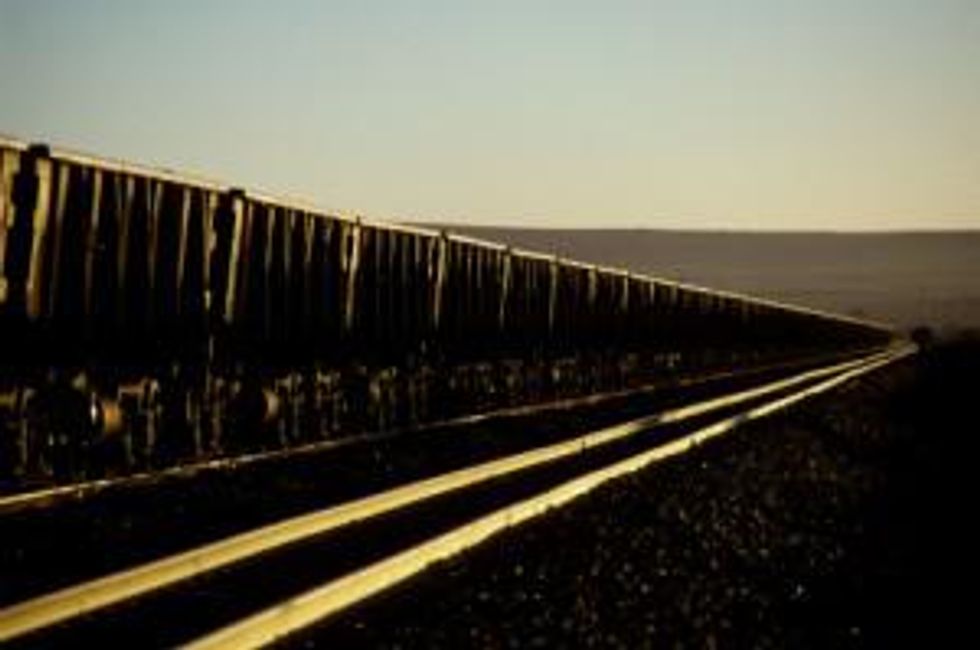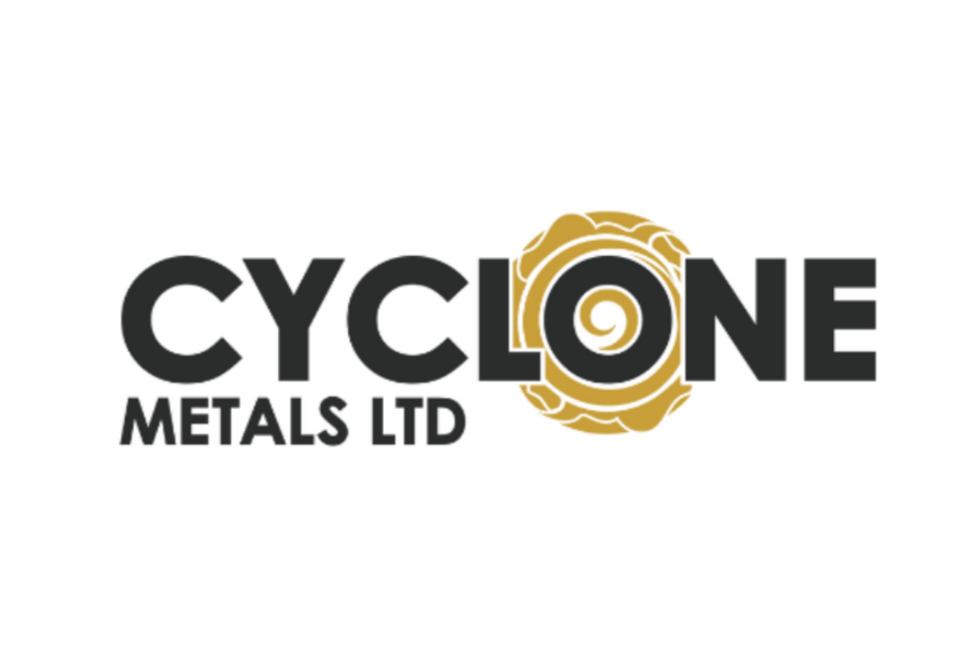Despite predictions of weaker prices, the world’s leading producers are sticking by their plans to open new mines and expand their current operations.
Spot iron ore is currently trading around $139.40 a dry metric ton (MT), up slightly from $134.40 four weeks ago, but still below its 16-month high of $158.90, which it hit on February 20.
However, iron ore swaps declined earlier this week, with contracts for May down about $3 on Tuesday, to $132 to $135 a dry MT, Platts reported. That decline came after number-one iron ore consumer China reported that its economy expanded at an annualized rate of 7.7 percent in the first quarter, down from 7.9 percent in the previous quarter and below economists’ expectations of 8-percent growth.
“Traders are reacting to the Chinese growth data coming in below expectations,” Ben Goggin, a swaps broker at ICAP, told Bloomberg. “Meanwhile the physical market was quiet, which shows the swaps are more jittery depending on macro news.”
On April 9, Deutsche Bank (NYSE:DB) said that it expects iron ore prices to stabilize around the $130 to $140 mark over the next few weeks, thanks to restocking from Chinese steel mills. “Opportunistic buying from Chinese mills is to be expected following a price correction, furthermore we are hearing reports that some re-stocking of manufactured goods (air-conditioners, washing machines, etc.) is taking place in China,” the bank said in a quarterly report quoted by Platts.
However, Deutsche Bank also said prices could slip below $100 later this year on slowing growth in steel consumption. That’s similar to a pattern we saw in 2012, when prices declined to a three-year low of $86.70 in September.
Despite warnings of lower prices ahead, major producers, including BHP Billiton (NYSE:BHP,ASX:BHP,LSE:BLT), Rio Tinto (NYSE:RIO,ASX:RIO,LSE:RIO) and Fortescue Metals Group (ASX:FMG) are sticking with plans to ramp up production. These three companies plan to add 235 million MT per year (mtpa) of new mine capacity by 2015, which is nearly equivalent to Rio Tinto’s 2012 output, according to Bloomberg.
Ken Brinsden, managing director at Atlas Iron (ASX:AGO), told The Australian on April 17 that he feels the investment community is taking too negative a view of iron ore’s outlook.
“The feedback from our customers is to indicate they are still concerned about supply and where it is coming from and in the event that we can be delivering more in both the short and medium term, I’m confident they would be taking a lot more than we could offer today because they are concerned about supply,” he said.
“There is a massive disconnect in comparison to where the investment community is at with respect to where iron ore is heading,” he added. “We are looking forward to healthy prices for a period to come.”
As well, production costs for the three leading iron ore producers, Vale (NYSE:VALE), BHP and Rio, range between $40 and $50 per MT, so their profit margins should remain healthy even if iron ore falls below $100.
Company news
Rio Tinto reported record first-quarter iron ore production and shipments thanks to “debottlenecking and productivity improvements with minimal capital expenditure,” the company said in its quarterly operations review. Rio also said its Pilbara operations in Australia have recovered from cyclone season and are now running at full capacity of 237 million mtpa. As well, Rio’s plan to increase that amount to 290 million mtpa remains on budget and on track for completion in the third quarter of 2013.
Gindalbie Metals (ASX:GBG) opened its Karara iron ore project in Western Australia on April 9. The company expects the mine’s production to reach a rate of 8 million mtpa by the end of April, according to its press release. Gindalbie said the construction phase was finished “broadly” within the revised budget of $2.57 billion. However, in March 2011, it increased its estimate by 30 percent after previously hiking it by 20 percent. The overruns forced the resignation of CEO Garret Dixon in March 2011.
Sundance Resources (ASX:SDL) shares lost nearly half their value on April 9, after the company announced that its takeover agreement with Sichuan Hanlong Group collapsed after Hanlong was unable to secure funding for the $1.19-billion deal, Bloomberg reported. Hanlong holds about 14 percent of Sundance and was seeking to acquire the remaining shares. Sundance is now looking for a joint venture partner to help advance its Mbalam-Nabeba iron ore project, which straddles the border between Cameroon and the Democratic Republic of the Congo, according to an April 12 interview with Sundance CEO Giulio Casello posted on the company’s website.
African Minerals (LSE:AMI) expects to process 15 to 18 million MT of iron ore this year and export 13 to 15 million MT from its Tonkolili project in Sierra Leone. The company also said that it still expects to achieve its production goal of 20 million mtpa by the second quarter of its 2013 fiscal year, Mining Weekly reported. As well, African Minerals said it is “confidently on track” to achieve operating expenses of $30 per MT.
Labrador Iron Ore Royalty (TSX:LIF) hired advisers to consider strategic alternatives for the company after Rio Tinto said that it intends to sell its 58.7-percent stake in the Iron Ore Company of Canada (IOC). Labrador Iron Ore Royalty holds 15.1 percent of IOC and takes a 7-percent royalty and a $0.10-per-MT commission on the iron ore that IOC sells. Labrador Iron Ore Royalty said its options include “a potential sale of the company or all or part of its assets, the separation of LIORC’s 7 percent royalty interest in IOC … from its other assets, and the maintenance of the status quo.”
Sesa Goa (BSE:500295) saw its iron ore sales fall 80 percent in its 2013 fiscal year, which ended March 31, 2013, Platts reported. The Indian mining firm continues to be hurt by mining suspensions in the states of Karnataka and Goa, which have been in effect since August 2011 and September 2012, respectively. The bans are part of a plan to curb illegal mining, according to Business Standard. However, Reuters has reported that 19 iron ore mines are expected to reopen in Karnataka this fiscal year. Prior to the bans, India produced about 200 million mtpa of iron ore and exported about half that amount.
Junior company news
Alderon Iron Ore (TSX:ADV) received the final payment of C$119.9 million from Hebei Iron & Steel Group (SZSE:000709) for its 25-percent stake in Alderon’s Kami project in Canada’s Labrador Trough. Alderon owns the remaining 75 percent. In all, Hebei, China’s largest steelmaker by capacity, has paid $182.2 million for its interest. Alderon aims to start commercial production at Kami in the fourth quarter of 2015 and envisions production of 8 million mtpa of concentrate at 65.2-percent iron over a 30-year life, according to Platts.
Cap-Ex Iron Ore (TSXV:CEV,OTCQX:CPXVF) agreed to reprice the brokered private placement announced on March 22, 2013 to $0.10 a unit from $0.15. It has also lowered the $5-million maximum to $3 million. Each unit will consist of one common share and one common share purchase warrant that will let the holder buy one Cap-Ex common share at an exercise price of $0.20 for 24 months from the date of issue. The company will use the proceeds to keep advancing its Block 103 project in the Labrador Trough and to seek a strategic partner.
Securities Disclosure: I, Chad Fraser, hold no positions in any of the companies mentioned in this article.
Related reading:
China Rains on Iron Ore’s Parade

